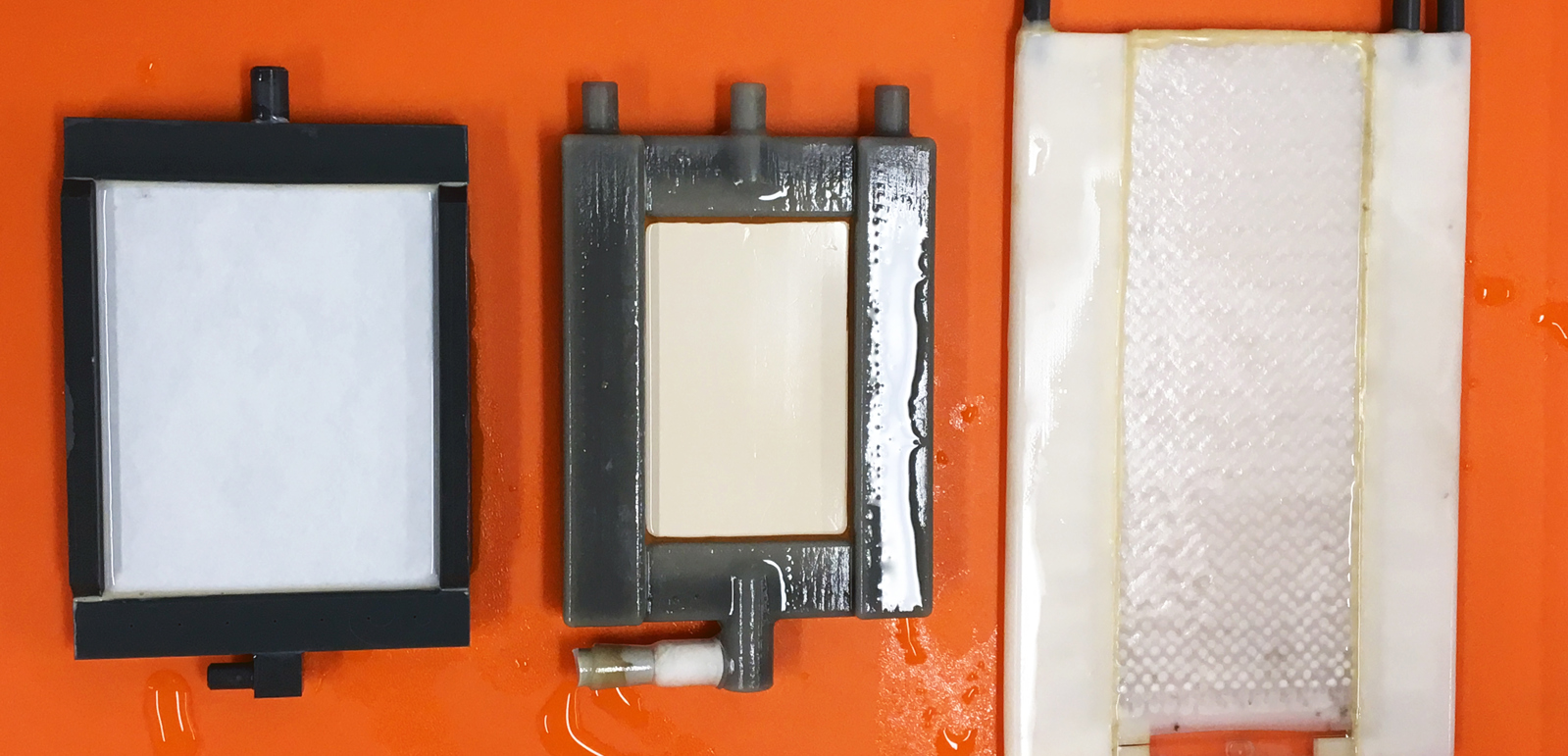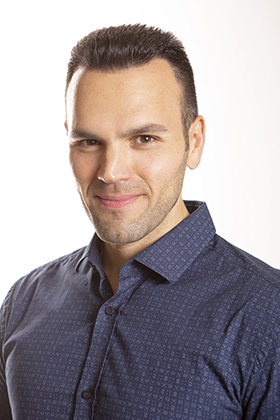New unique method for second generation bioethanol
2020-01-13

In his thesis "Immersed flat-sheet membrane bioreactors for lignocellulosic bioethanol production," he describes his PhD project where he focussed on two processes: one to treat wastewater where the product is purified water and the other related to second generation bioethanol production. This is something encouraged by EU directives to increase the proportion of renewable biofuels.
We meet in his office. He is happy; he’s completed his defence a few days ago and that evening there will be a celebration. He explains his studies calmly and pedagogically, beginning with second generation bioethanol.
 "There are many advantages to it; For example, the substrate, i.e. the raw material, comes from a residual product. I my study comes from agriculture and cultivation of wheat. It benefits the planet from not using a raw material that could be used for food or animal feed," he says.
"There are many advantages to it; For example, the substrate, i.e. the raw material, comes from a residual product. I my study comes from agriculture and cultivation of wheat. It benefits the planet from not using a raw material that could be used for food or animal feed," he says.
Amir Mahboubi Soufiani used wheat straw, waste products from harvesting wheat grains, which with the help of yeast is converted into ethanol.
"For every kilo of wheat grains harvested, 1.3–1.4 kilos of wheat straw are left over, which are currently burned or turned into biofuel. In 2019-2020, 2,175 million tonnes of wheat grains will be harvested worldwide. Imagine how many tonnes of wheat straw that means! But these are raw materials with great potential--not waste.”
Until now, the process of producing second generation bioethanol has brought with it technical and economic challenges. What Amir Mahboubi Soufiani has done in his thesis is to use the process used to treat wastewater in order to produce bioethanol.
"By merging two technologies, we have increased productivity and returns while reducing the size, number of steps, and also the environmental footprint," he says.
Developed a unique membrane
In addition, he has developed a completely new technical solution: a new membrane. Membranes act as a colander so that it is possible to keep what is desirable inside the reactor while the rest is filtered out. The new membrane means the process can be tailored so that the product comes out as quickly as possible and in addition is clean and highly concentrated. With this, he has addressed several technical challenges faced in the commercial production of lignocellulosic bioethanol and above all has opened up new application horizons for membrane bioreactors other than wastewater treatment.
The new membrane bioreactor developed in this work is called a "reverse membrane contactor," which the university together with the funder, the Flemish Institute for Technological Research (VITO NV) in Belgium, has now patented.
"Without it, the technology could have worked anyway, but it would not have been optimal," he says. And the technology can be applied in several different areas; the next step is to produce fatty acids instead of bioethanol, according to Amir Mahboubi Soufiani.
Amir Mahboubi Soufiani says that there is a great interest in the technology both in the ethanol industry but also in relation to the treatment of wastewater. His research continues at the University of Borås.
But first party.
Read more
Amir Mahboubi Soufiani's research profile
Text: Anna Kjellsson
Photo: Private
Portrait: Suss Wilén

